I want to use the fft in tensorflow. But I found the result is different when use the FFT function in numpy and tensorflow respectively. Especially when the size of input array is large
import tensorflow as tf
import numpy as np
aa = tf.lin_space(1.0, 10000.0, 10000)
bb = tf.lin_space(1.0, 10000.0, 10000)
dd = tf.concat([[aa],[bb]],axis = 0)
c_input = tf.complex(dd[0,:], dd[1,:])
Spec = tf.fft(c_input)
sess = tf.Session()
uuu = sess.run(Spec)
print(uuu)
aaa = np.linspace(1.0, 10000.0, 10000)
bbb = aaa + 1j*aaa
ccc = np.fft.fft(bbb)
print(ccc)
The result is
[ 11645833.000000+11645826.j -544529.875000 -6242453.5j
-913097.437500 -781089.0625j ..., 78607.218750 -108219.109375j
103245.156250 -182935.3125j 214871.765625 -790986.0625j ]
[ 50005000.00000000+50005000.j -15920493.78559075+15910493.78559076j
-7962746.10739718 +7952746.10739719j ...,
5300163.19893340 -5310163.19893345j
7952746.10739715 -7962746.10739723j
15910493.78559067-15920493.78559085j]
So, what can I do to get the same result when I use the fft function in tensorflow?? Thank you for answer
I found that the data type of the output of tf.fft is complex64. But output of np.fft.fft is complex128. Is that the key for this question? How can I solve this problem?

